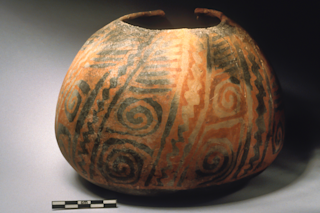More than 9,500 researchers from dozens of scientific fields convened last month for the fall meeting of the American Geophysical Society, held annually in San Francisco. Although NASA’s Mars missions grabbed plenty of attention, some of the most compelling reports came from other areas of research. Among the highlights:
Dusting Off the Future: Given current trends, the amount of carbon dioxide in the atmosphere will surely continue to rise over the next century. One important but previously overlooked consequence of all that CO2 may be less dust in the air, says Natalie Mahowald of the National Center for Atmospheric Research in Boulder, Colorado. She and her colleagues ran a computer simulation estimating the amount of dust in the atmosphere under a variety of different scenarios. The simulation revealed that high carbon dioxide levels, matching those predicted for the next 100 years, would reduce winds and increase moisture and vegetation. As ...











